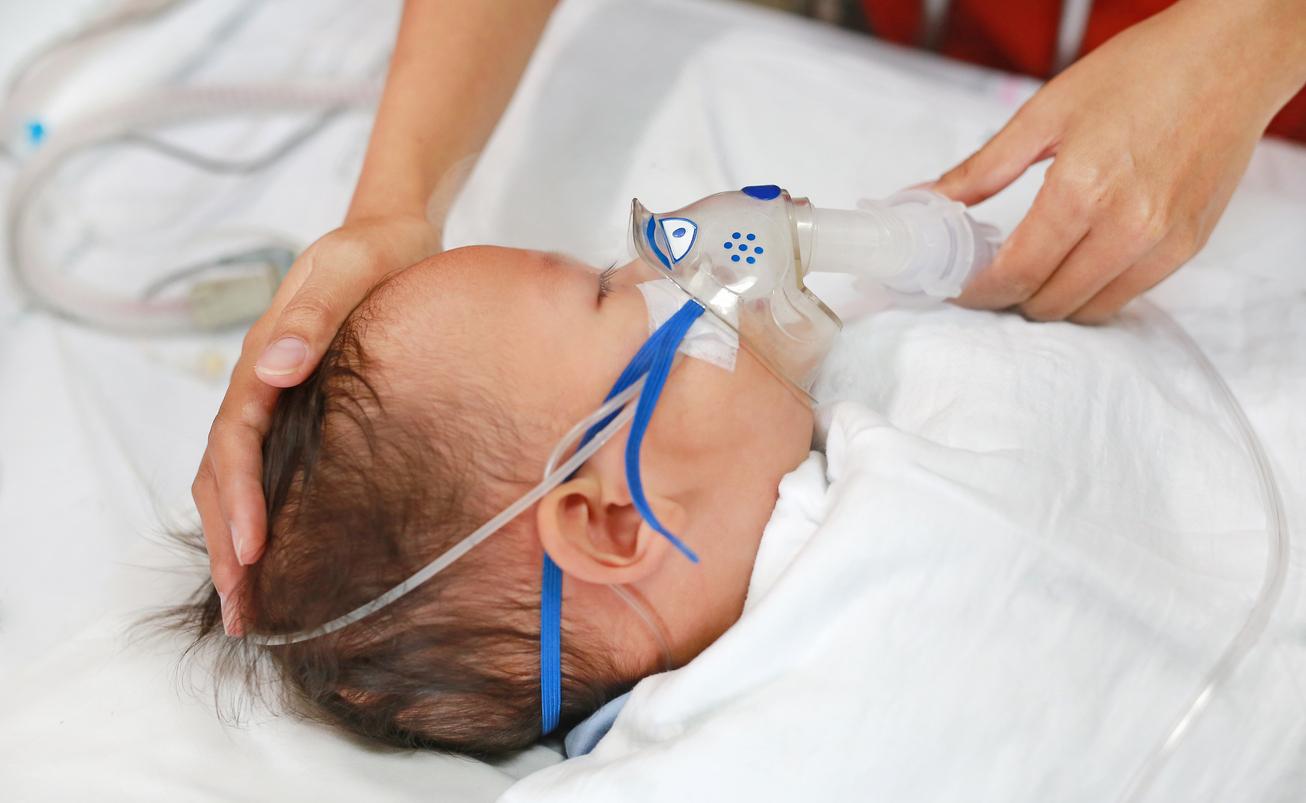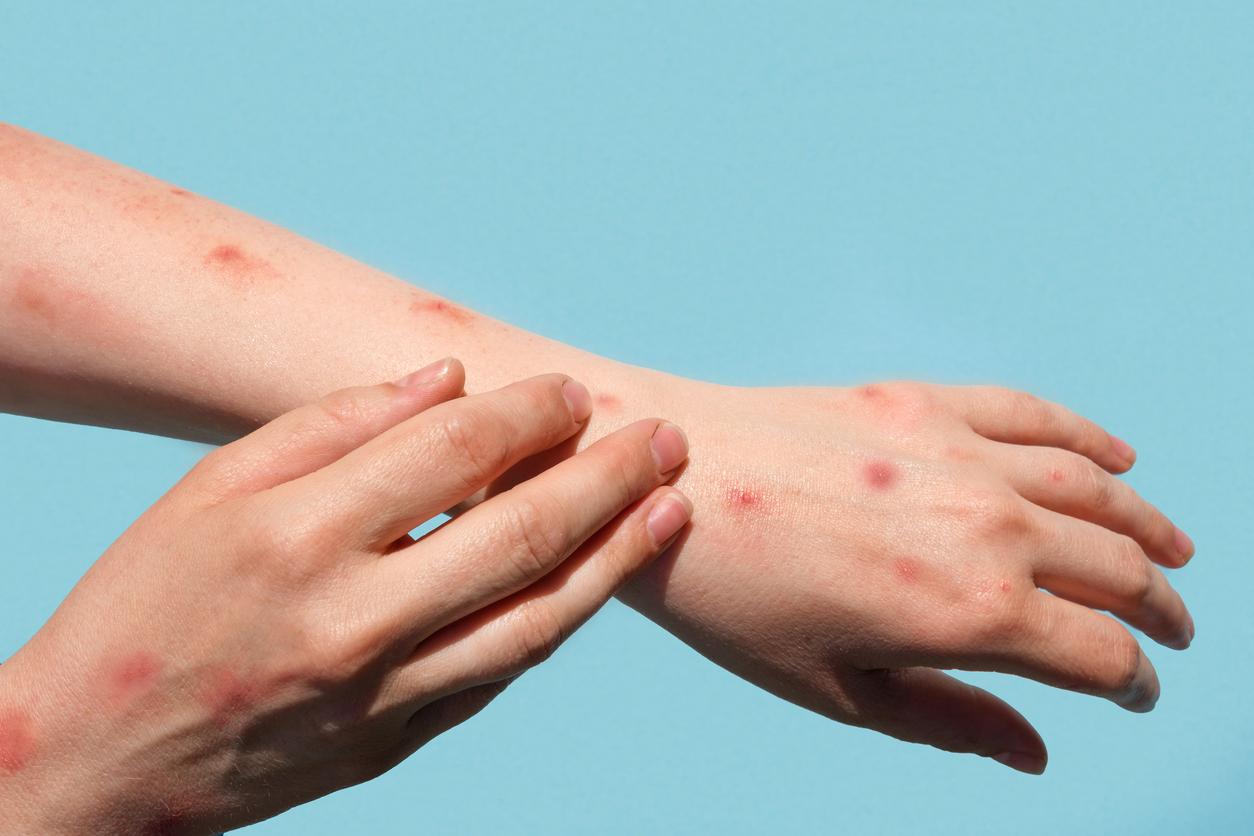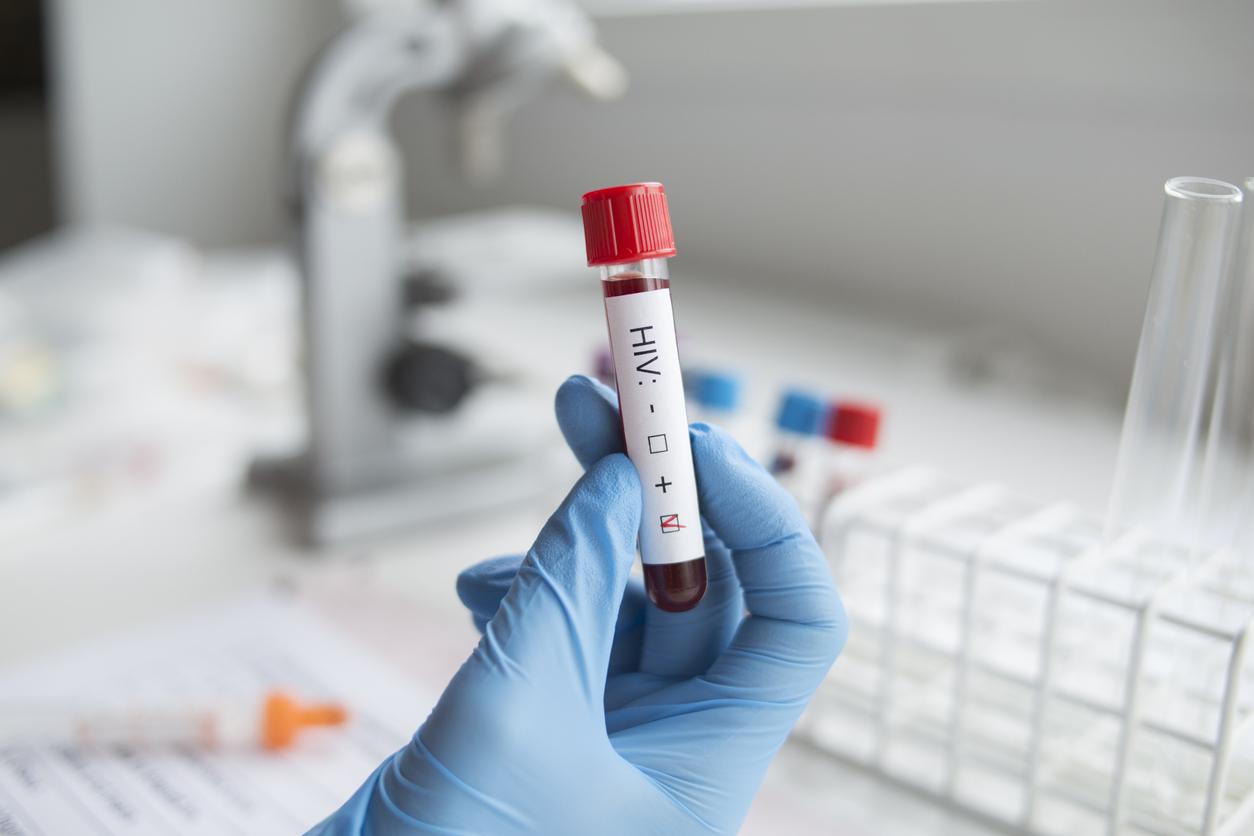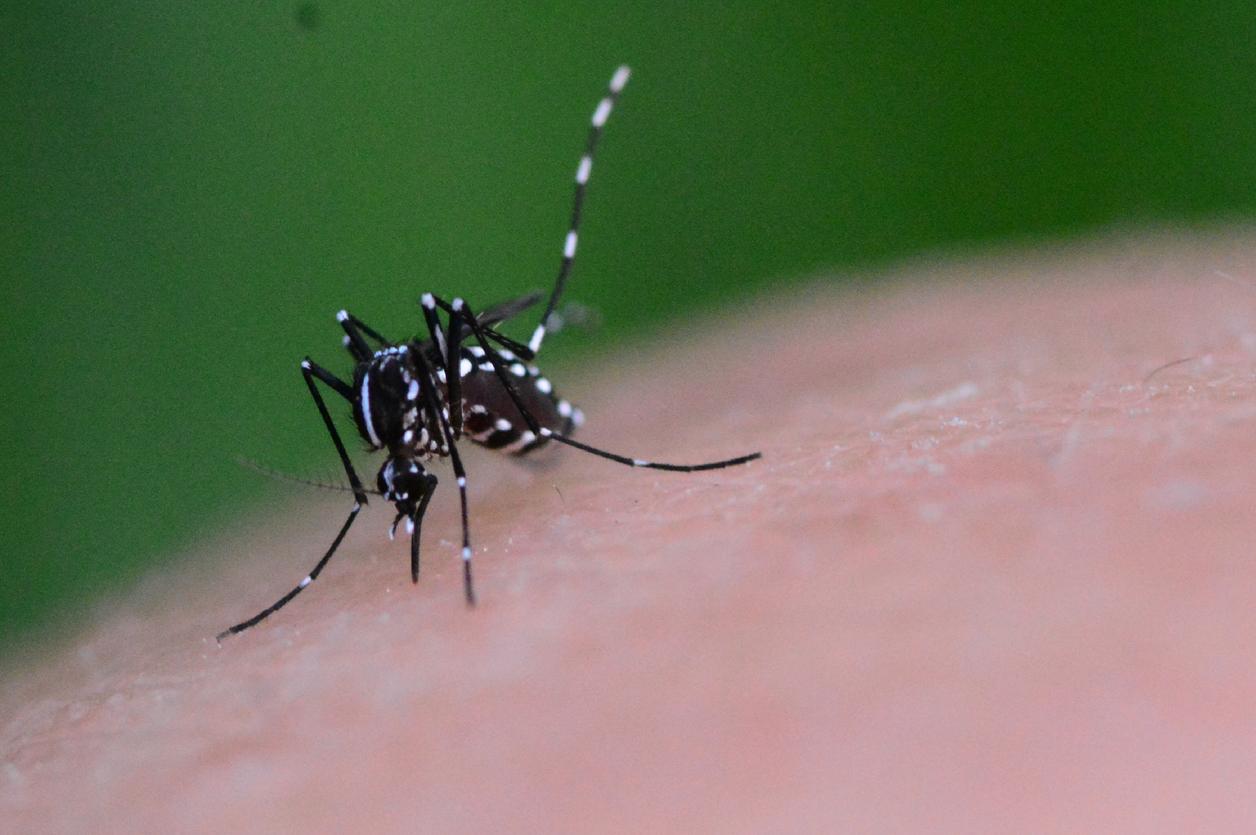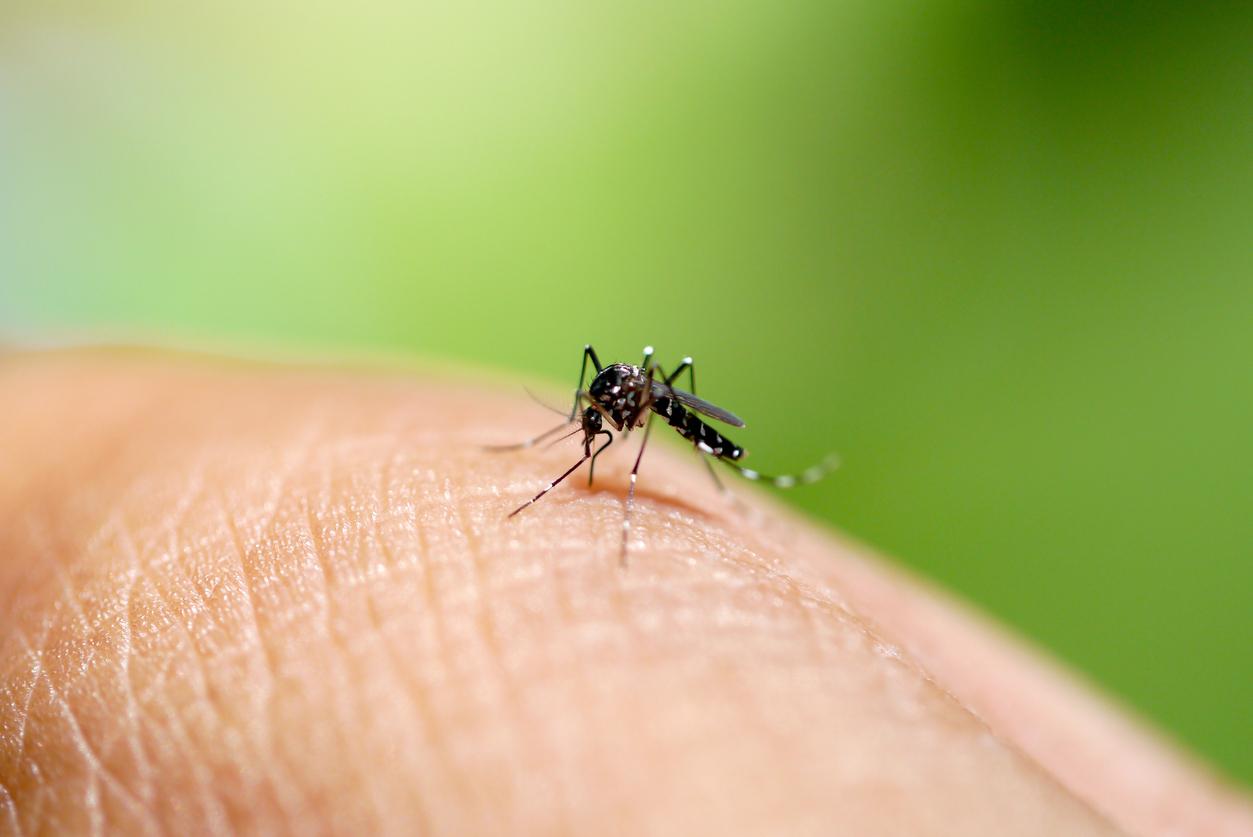Without coordinated efforts to maintain international funding, a resumption of the epidemic would be feared.

2017 could well mark a turning point in the fight against the HIV / AIDS epidemic. Its end, slated for 2030, is close at hand. So much so that those in charge speak of a tipping point. Without giving in to complacency.
Because the battle is not yet won. Activists and associations repeated it over and over again at the annual conference of the International AIDS Society, which was held at the Palais des Congrès in Paris from July 23 to 26. As with any period of equilibrium, the course of the pandemic can still tilt from one side to the other.
In this bitter struggle, the funds allocated to international coordination play a major role. And decisive for the future. However, the main donor countries have shown reluctance in recent years, threatening the success of the battle against HIV.
$ 26 billion needed
International funding has been declining for two years, reaching $ 8.1 billion (€ 6.8 billion). “They are at their lowest level since 2010,” laments Linda-Gail Bekker, president of the IAS. In fact, this sum is largely insufficient to achieve the UNAIDS objective: to end the epidemic by 2030, through systematic screening and treatment.
But now, investments in HIV programs are declining, especially in the regions that need it most. According to the latest UNAIDS report, $ 19 billion was allocated to low- and middle-income countries.
the calculation of the UN program is simple: $ 26 billion is needed by 2020. $ 7 billion is missing every year. This directly threatens the achievement of objectives.
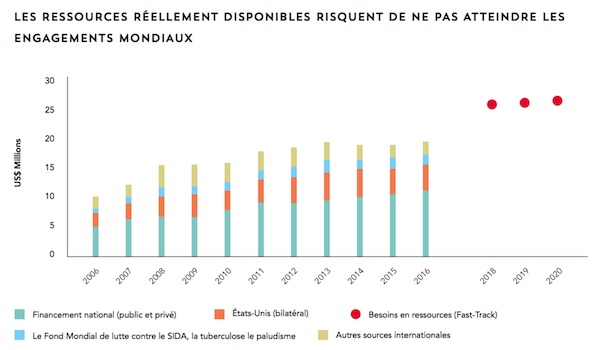
Source : Onusida
Europe is retreating
The paradox is real. Even as the world is on its way to winning the battle, the major players are pulling back – or thinking about it. “In 2016, the United States was the main government contributor, alongside the United Kingdom, France, the Netherlands and Germany,” said Gregorio Millett, Vice President and Director of Public Policy at amfAR (American Foundation for AIDS Research).
But European donors have reduced their allocations. France, in particular, bypassed the 55 million euros pledged to the Global Fund fight against AIDS, tuberculosis and malaria for the 2014-2016 cycle. She had promised 80 million. “The fact that these countries are reducing their contribution is scandalous, especially since we know that this money will reduce costs in the long run,” plague Matthew Kavanagh, policy adviser at Health GAP.
In addition to the slackening due to the success of the programs, purely financial questions are at work. “Many questions arise around exchange rates, which reduces the available contributions”, explains to Why actor Morgane Ahmar, advocacy officer at ALCS (Morocco) and Coalition PLUS. Indeed, the fluctuation of currencies can cut the budgets of significant sums.
Morgane Ahmar, ALCS Advocacy Officer: ” We are facing a disengagement from a lot of countries, especially European ones, which are giving less and less. “
American hesitation
More worryingly, the biggest donor is also beginning to be reluctant. In his budget proposal for 2018, US President Donald Trump suggested a drastic cut in funding for the fight against HIV. Contributions to bilateral funds would be cut by 18%, those to the Global Fund by 16%. Worse: the action of the emergency program PEPFAR will be limited to 12 countries.
“PEPFAR alone opens access to treatment to 11.5 million people, including 1 million children,” says Gregorio Millett. The Global Fund has helped support 10 million people. If Congress rejected this draft budget, it’s a safe bet that the president will come back.
Faced with this international disengagement, low- and middle-income states have little choice. “More and more countries will have to provide funding without external aid, augurs Solange Baptiste, Executive Director of the International Treatment Preparedness Coalition (ITPC). Most countries do not know the true cost of HIV programs. “
A fragile balance
The underprivileged states have understood this well: they will have to trust themselves. Of which act. “Low-income countries have increased their investments by 11%”, figures Matthew Kavanagh. A saving act since, faced with budgetary difficulties, the global programs are showing themselves to be more and more selective. Thus, for 2016, 57% of the sums allocated to the response come from domestic financing.
But in some countries, such as Morocco, this gradual withdrawal threatens the success of the fight against HIV (see box). Some key populations, such as homosexuals, are criminalized and therefore do not access healthcare. The cost of treatment is also a major threat.
“We still have 15 million people who are not under treatment,” recalls Morgane Ahmar. New tools, like pre-exposure prophylaxis (PrEP) or self-tests, are expensive. Without funding, many governments will not be able to deliver it to target populations.
Morgane Ahmar : ” The consequences will be very strong for the intermediate countries. We are almost halfway in the response. “
A recovery is to be feared
The consequences of this short-term strategy will soon be felt. “Any budget cut will cause negative effects on the other side,” sums up Charles Lyons, president of the Elizabeth-Glaser Foundation. This means that there will be fewer people screened, fewer patients identified, and fewer patients on treatment. “
In fact, access to prevention programs and treatment will be greatly reduced. If the United States cuts budgets, more than 800,000 people will no longer be able to receive antiretrovirals and 200,000 new infections are expected to occur.
“International funding is not sufficient to keep all people on treatment and extend care to others,” confirms Sharonann Lynch, policy advisor for Médecins Sans Frontières.
Without a coordinated effort, a resumption of the epidemic is therefore to be feared. Especially since a huge reservoir is heading towards the first sexual intercourse. On the African continent, 60% of the population is under the age of 30. Failure to prevent infection in younger people could mean a major defeat in the fight against HIV.

Private initiatives
A collective effort is necessary, some have understood this well. This is the case of stylist Kenneth Cole, founder of the End AIDS Coalition. The creator wants to bring together individual initiatives within a single structure in order to accelerate progress. “We want to optimize intellectual, scientific and creative resources,” Kenneth Cole explains to Why actor.
This means making the link between research teams, improving the implementation of programs but also collecting clear data. By varying the approaches. “The message to governments is long term: Every dollar spent will earn 10,” says the EAC foundation. Then we have a humanitarian message, a message of emancipation… ”
Kenneth Cole hopes not to stop there, and to inspire the younger generations and communities. “AIDS is a global problem, but it is made up of a multitude of micro-realities,” says Kenneth Cole. I hope that we will be able to inspire communities, encourage them to take charge of themselves. “
The fight against HIV threatened in Morocco
Global Fund budget cuts threaten middle-income countries. In Romania, the HIV epidemic has resumed among injecting drug users (IDU) since the end of the subsidies. Many countries are currently afraid of suffering the same setbacks. Among them, Morocco. In this Maghreb country, the Global Fund is the main contributor to the fight against HIV. Like Algeria, Albania or Cuba, it risks losing a major part of its budget.
At present, access to treatment is already limited to 15% of the HIV-positive population. Without external aid, it could still be restricted for the most isolated populations, such as homosexuals or drug users. However, Morocco is a country where the epidemic is concentrated on these key populations, who are criminalized.
“These elements can cause the failure or the success of the response, deplores Morgane Ahmar. Even if domestic financing is more important than elsewhere, targeting will not necessarily be appropriate. “
In fact, targeted strategies, such as pre-exposure prophylaxis or unsafe screening, will no longer be offered by a harsh government. Result: “The epidemic resumes when it would have been easy to put an end to it”, summarizes Morgane Ahmar.
Morgane Ahmar : ” Eligibility is decided on the basis of the country’s income and the level of the epidemic. But many criteria are not taken into account. “
.










